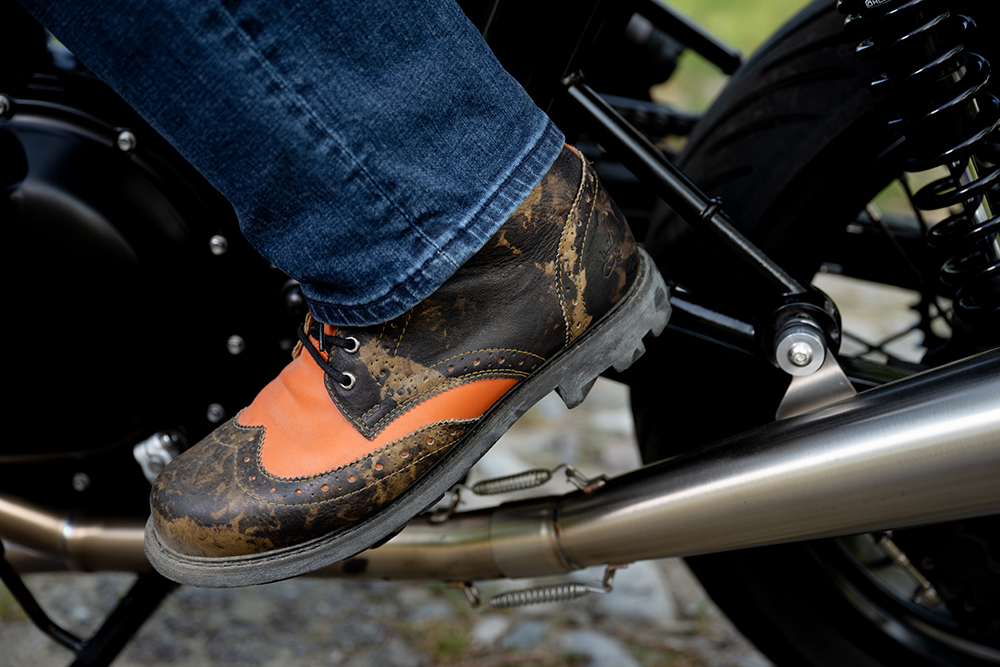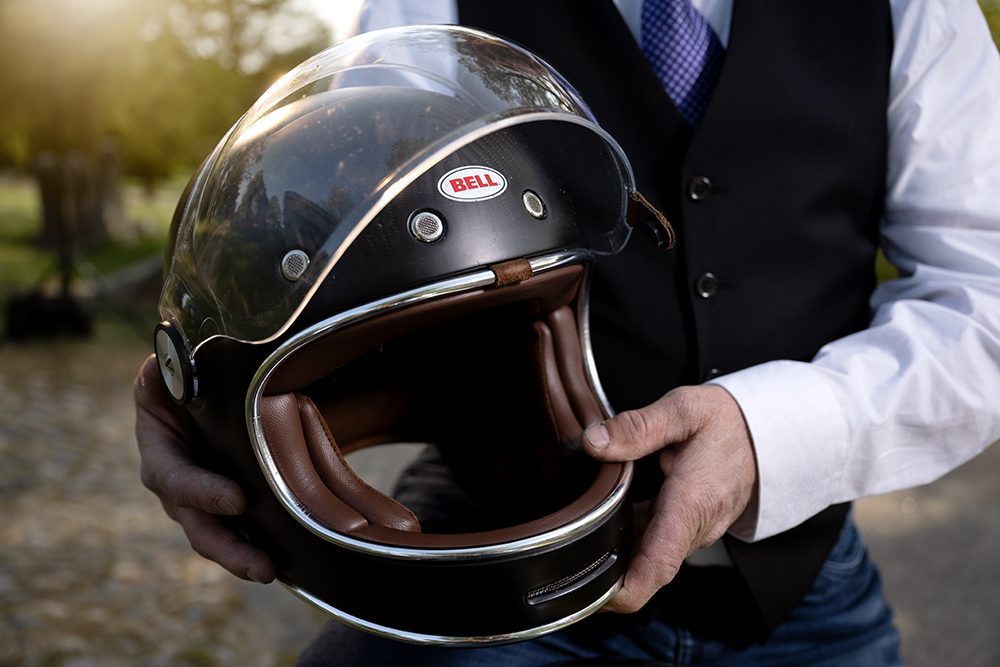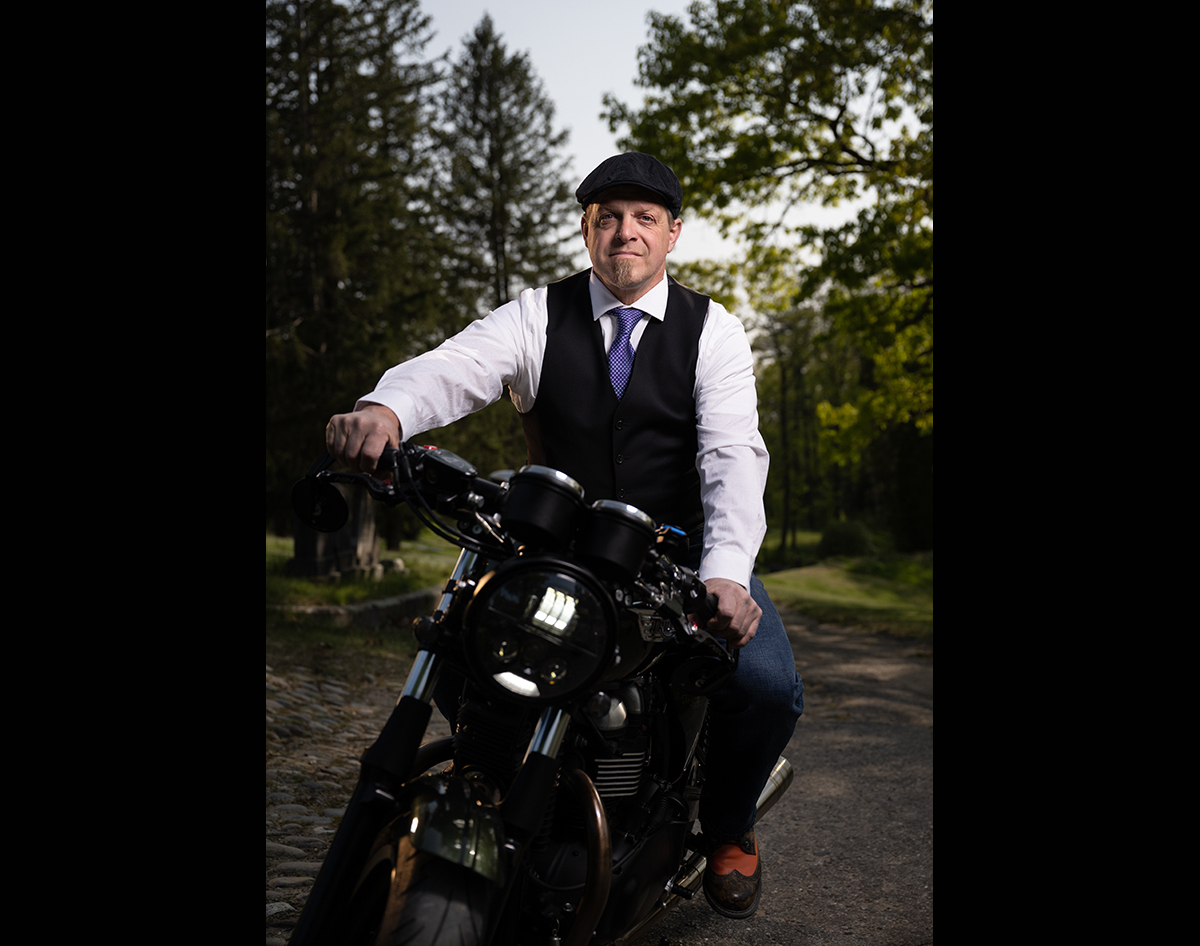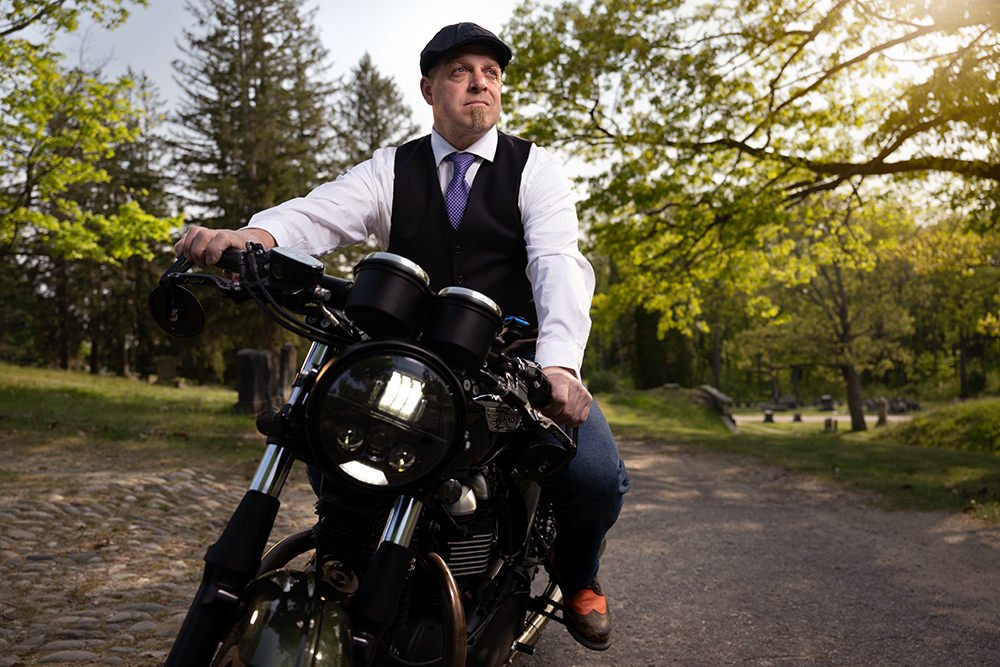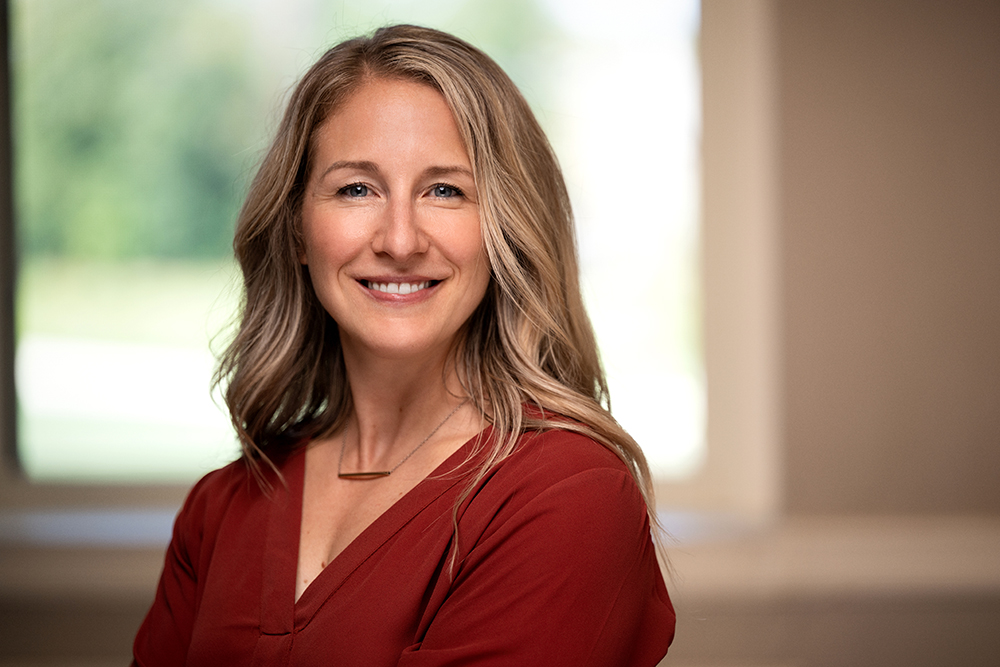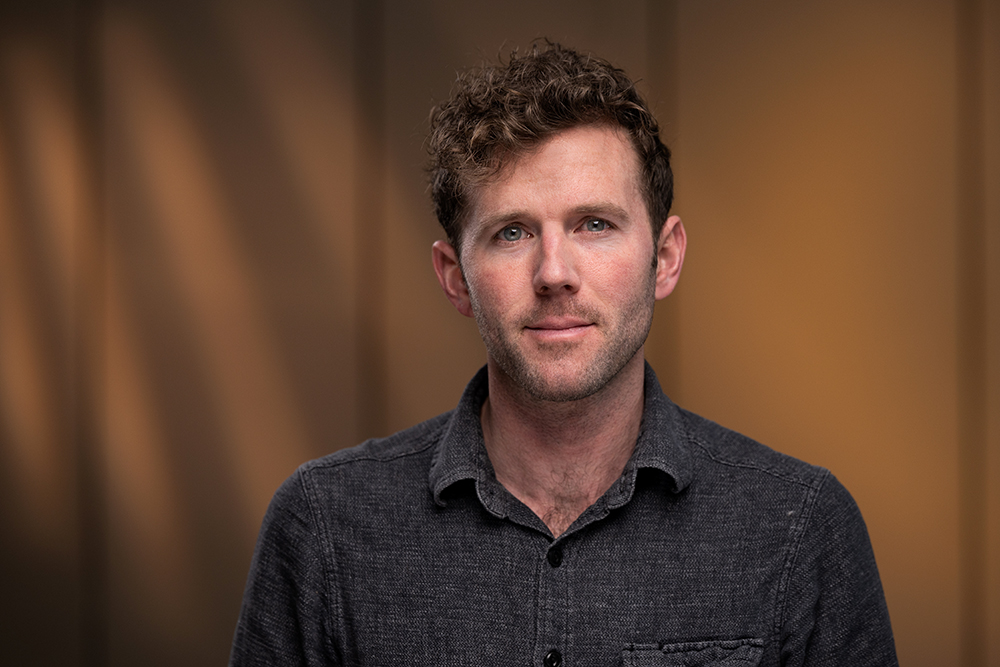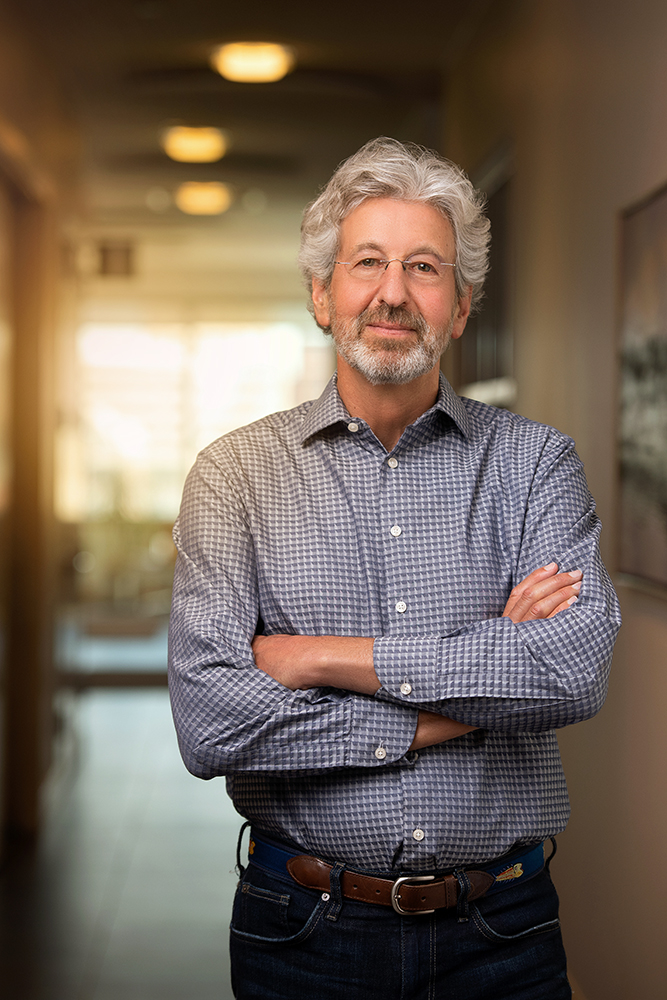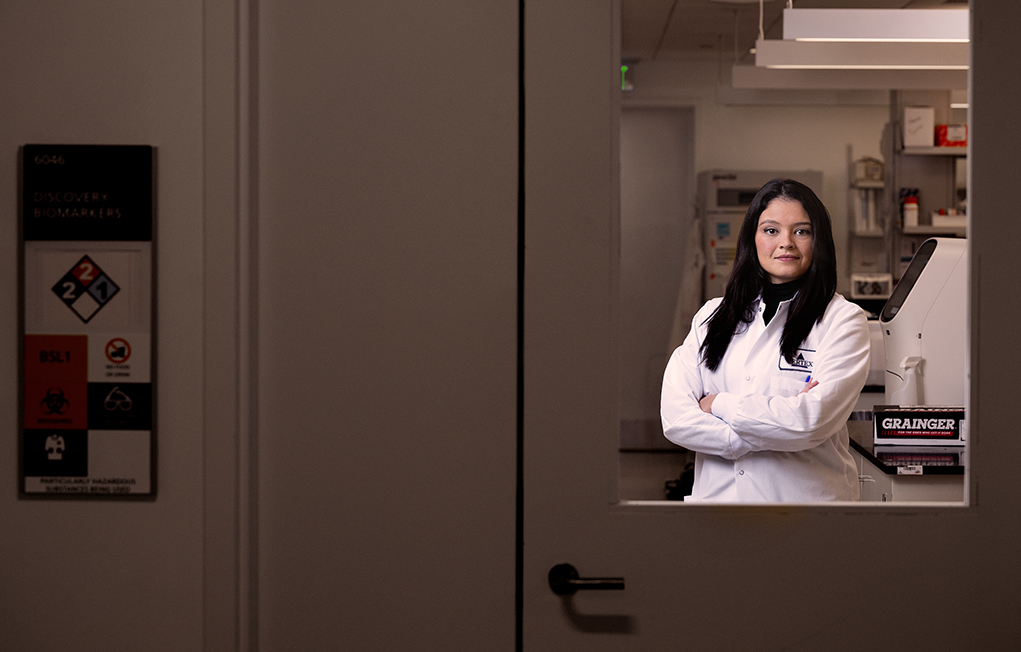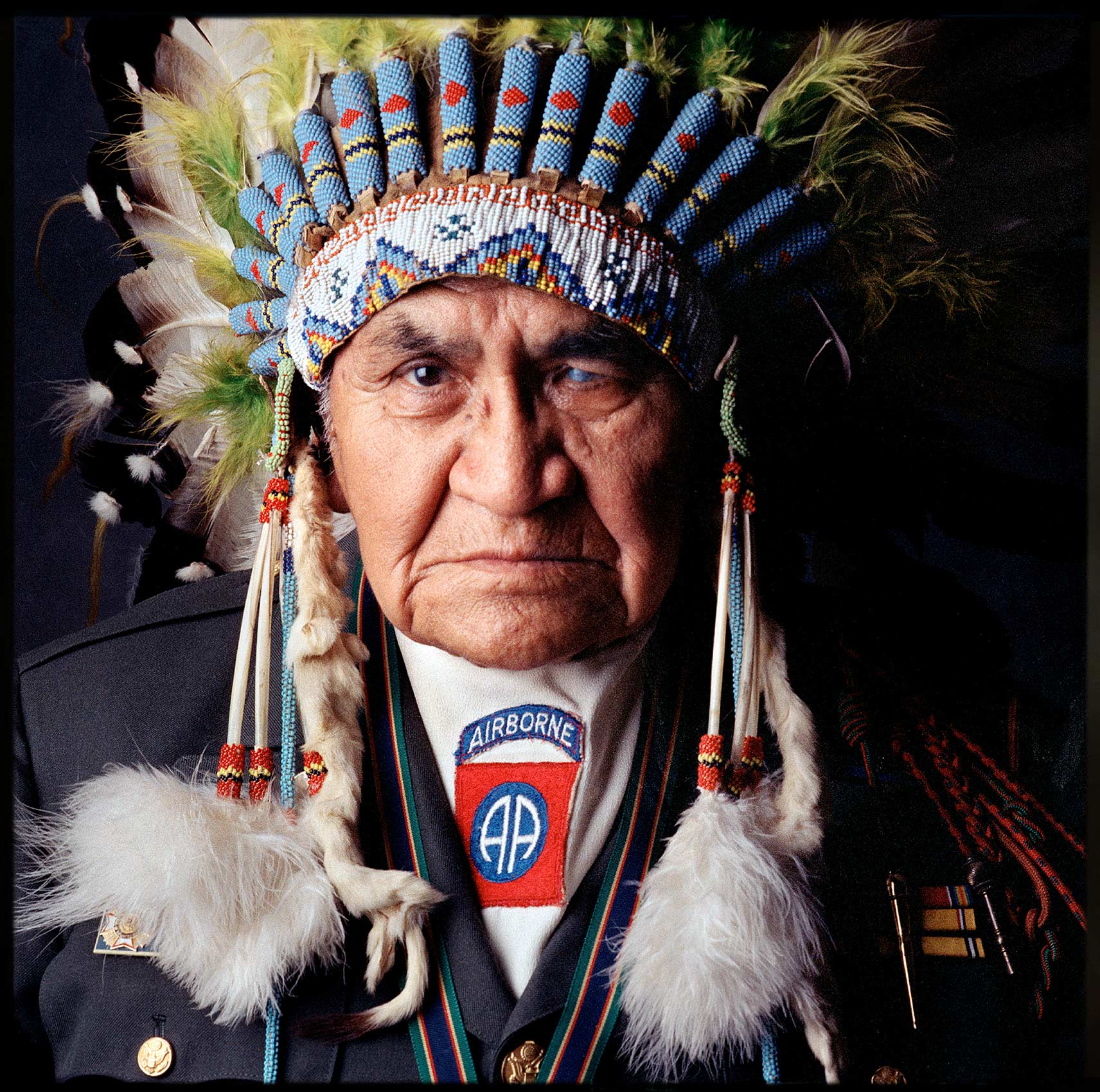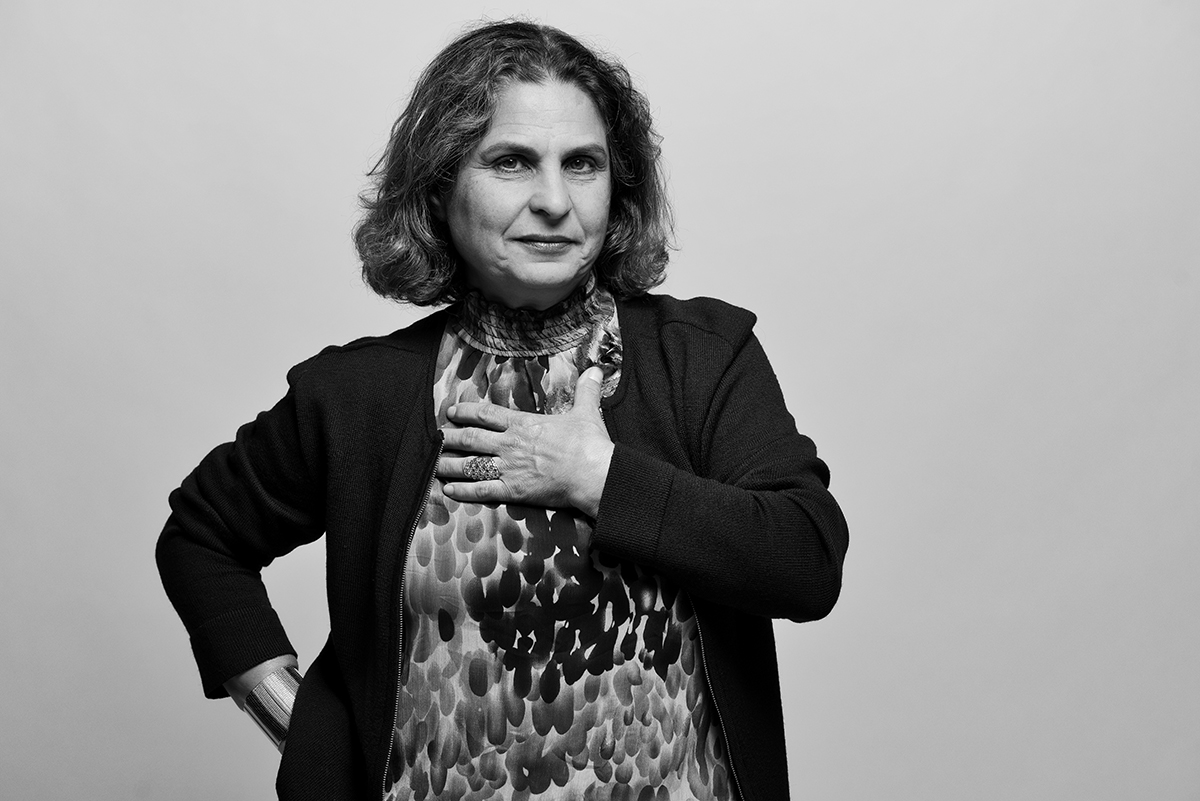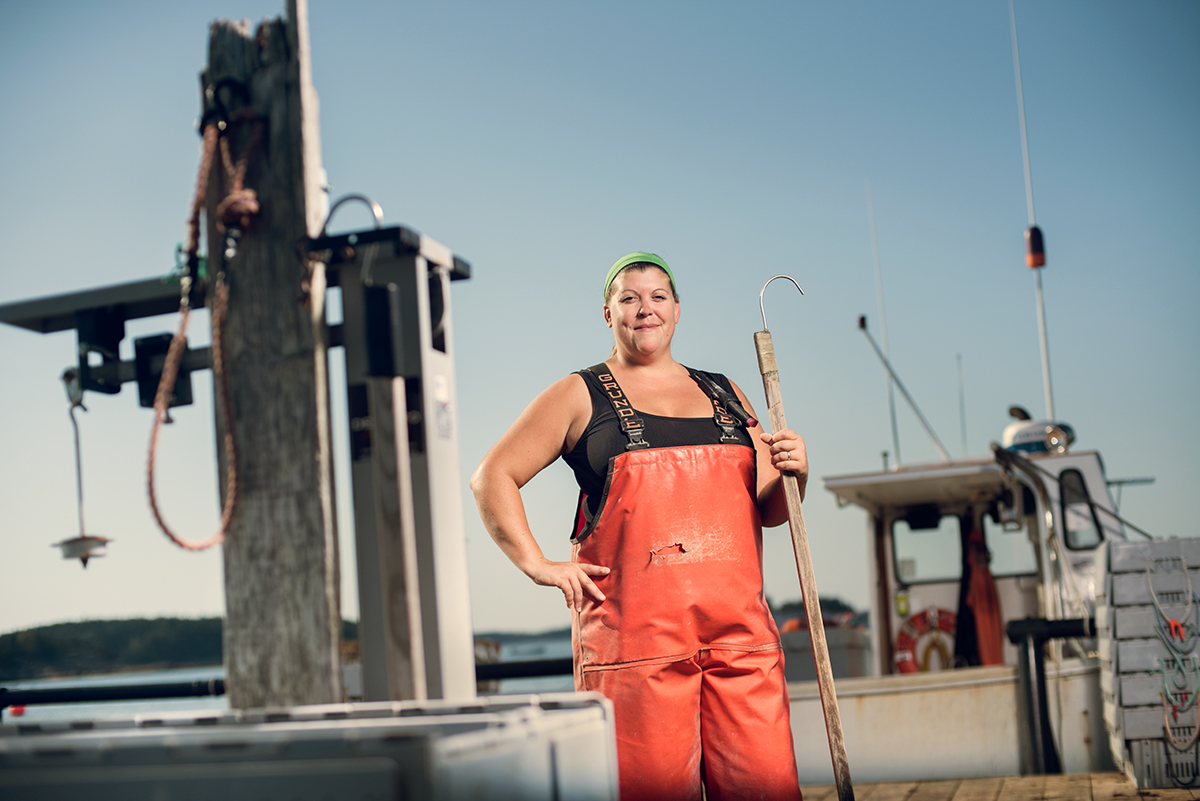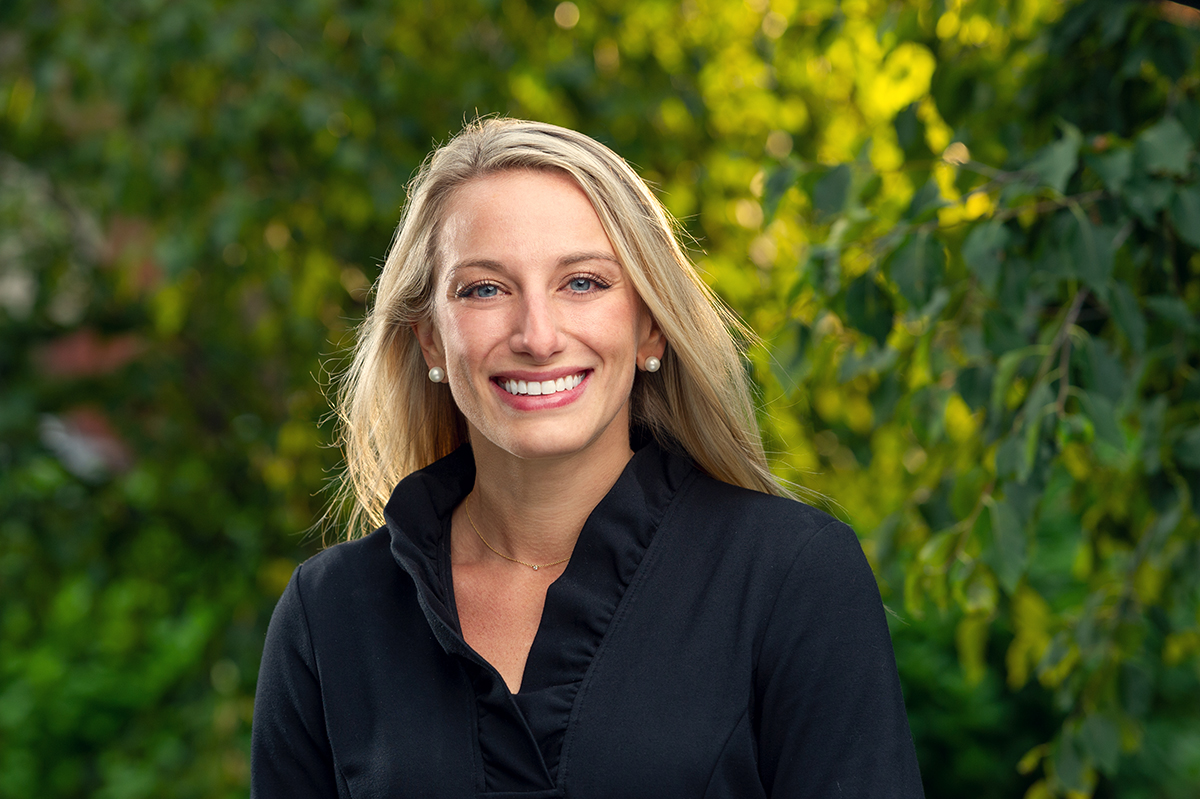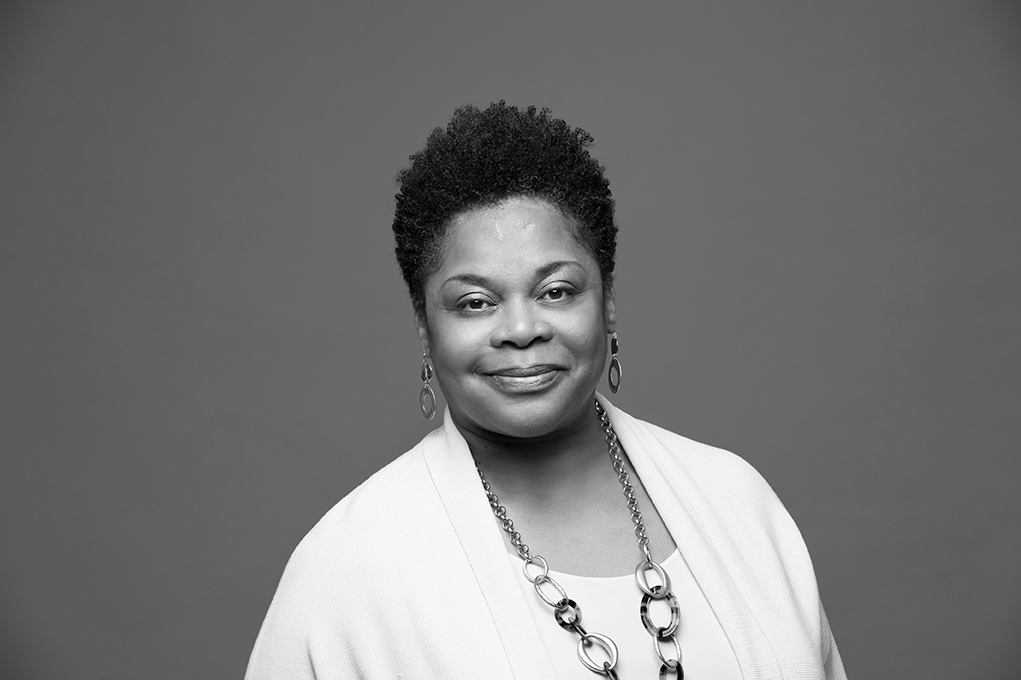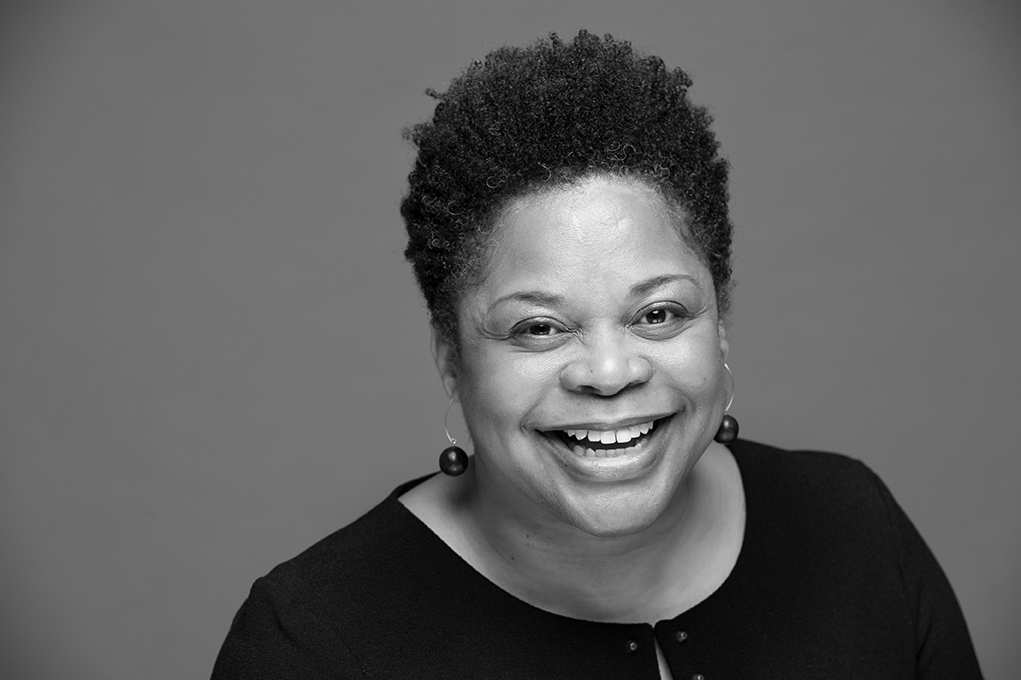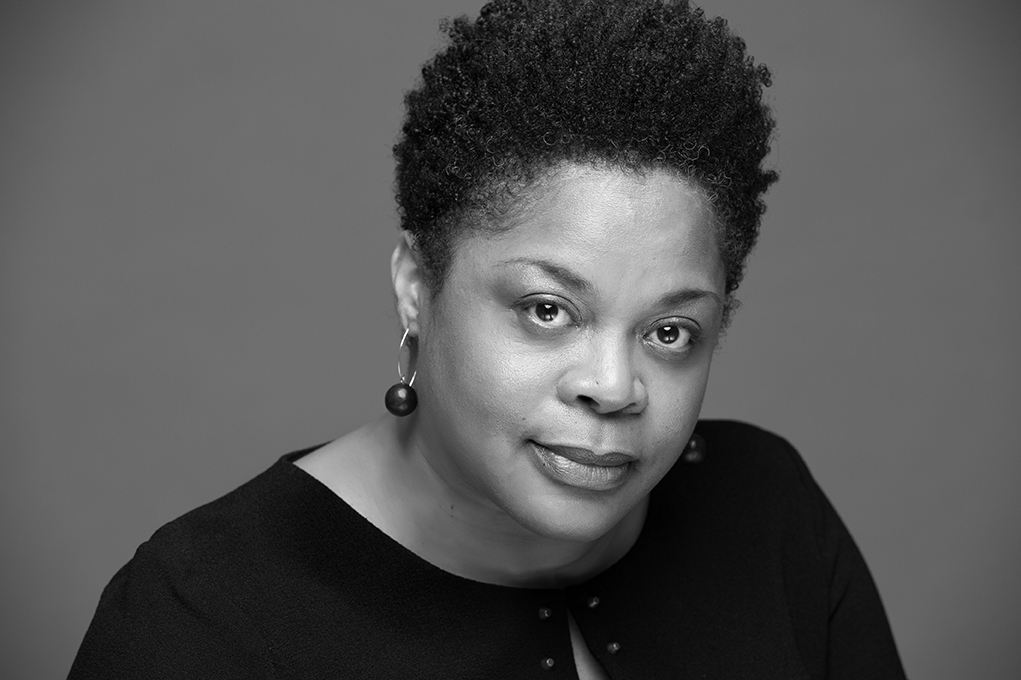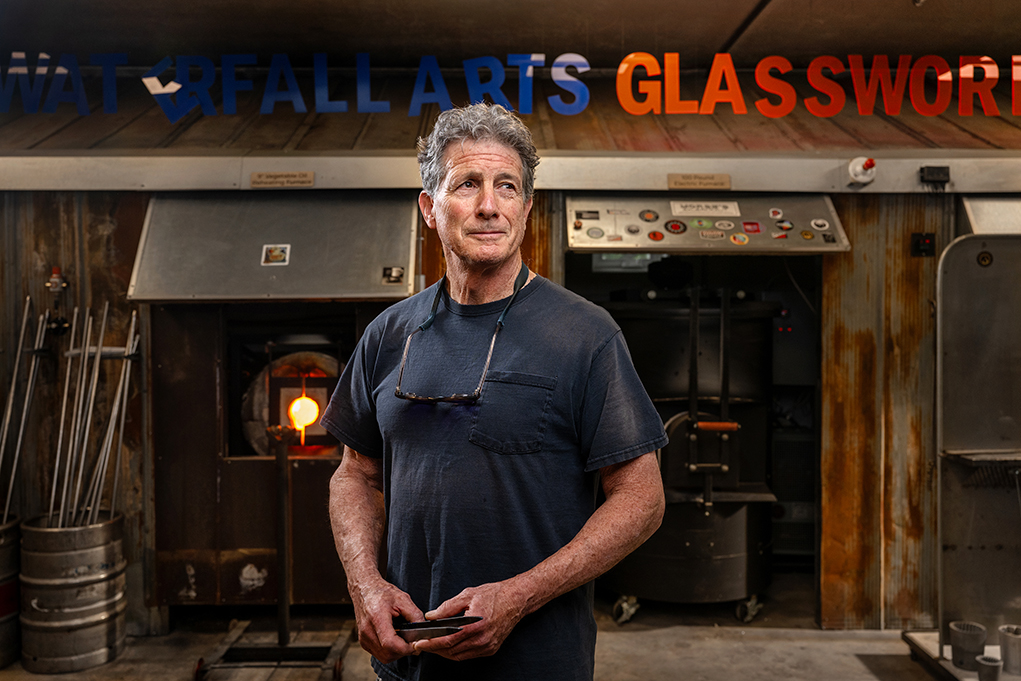
David Jacobson was a freshman majoring in telecommunications at Kent State University in Ohio when he happened upon an outdoor glassblowing demonstration. “I knew at that moment that was something I needed to do,” he said.
It took a few years—and a few colleges—but Jacobson did end up studying for an MFA in glassblowing. He also became a professional editorial cartoonist for a Gannett newspaper in New York, where he is from, spending his career cartooning for various publications and with a full-time syndicated cartoon with United Media. Still, he found himself taking more glassblowing classes on the side. “Things were going well there. Yet it turned out that my cartooning supported my glass habit,” said Jacobson.
By 2003, Jacobson’s glass art was selling in galleries. He relocated to Montville, Maine that same year and did what Mainers do: cobbled together an income, by running a glass studio and a house-painting business.
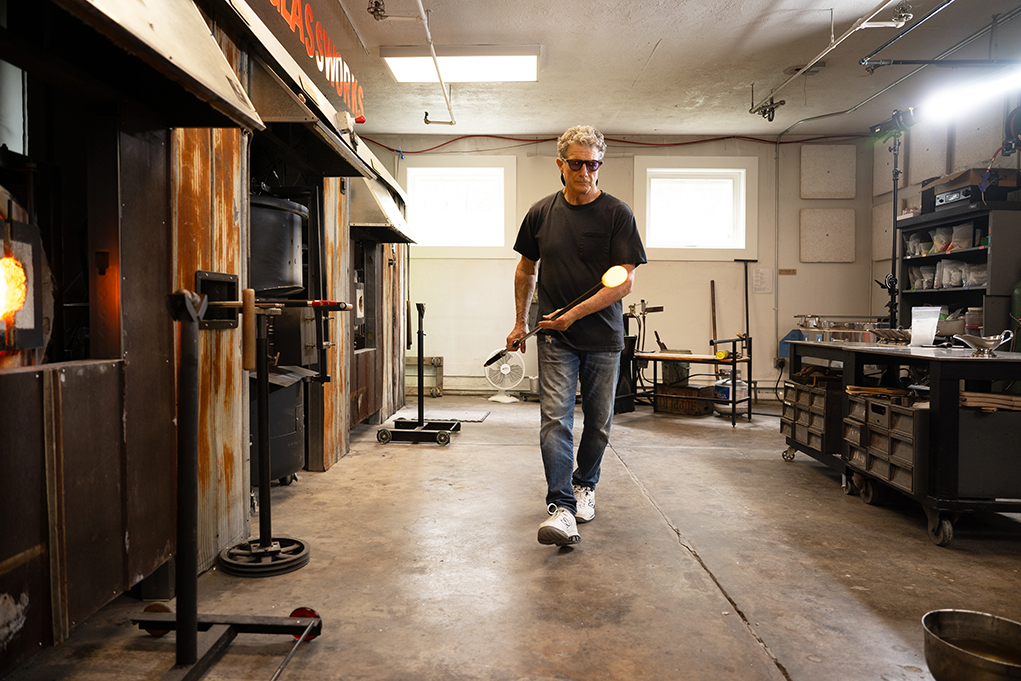
He rebuilt his 200-year-old barn into a glass studio. “There was a lot of hard work, a lot of doubt, and a lot of moments thinking, ‘I’m the biggest idiot in the world.’ But the passion was always there and fortunately, the talent was always there too. I just kept meeting the right people and kept saying yes.”
Saying yes is what led Jacobson to co-found a studio with artist Carmi Katsir as part of the Waterfall Arts in Belfast. They built out the studio using much of Jacobson’s equipment from his old studio, adapting it to run off of vegetable oil and electricity—one of just a handful in the US. Now, Jacobson produces his own work and, together with Katsir and others, teaches hot glass classes to the public and to Belfast high school students.
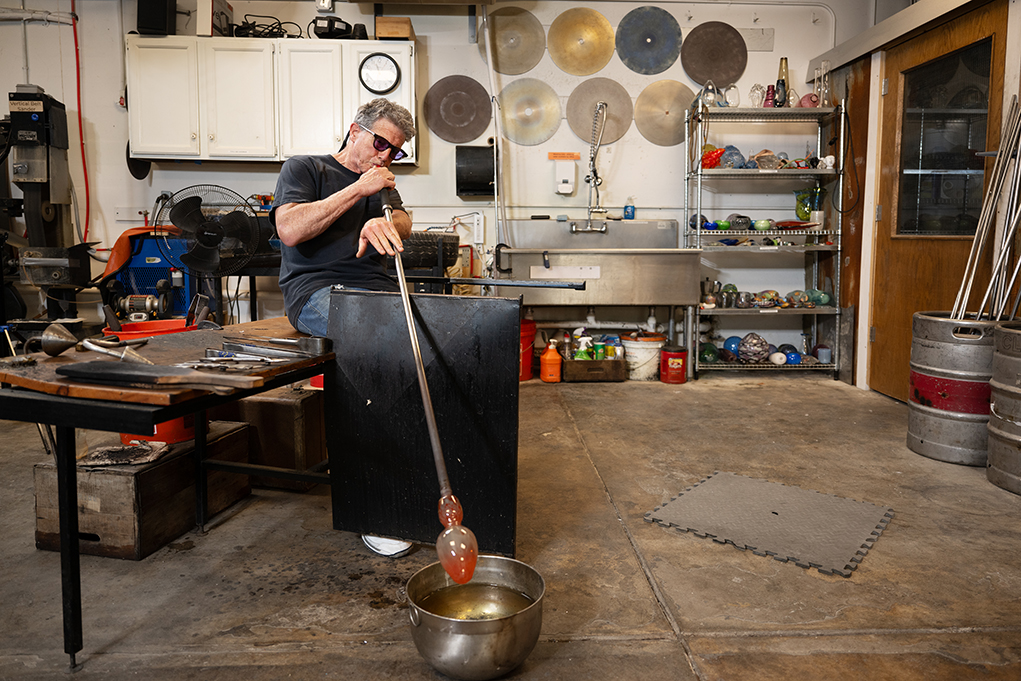
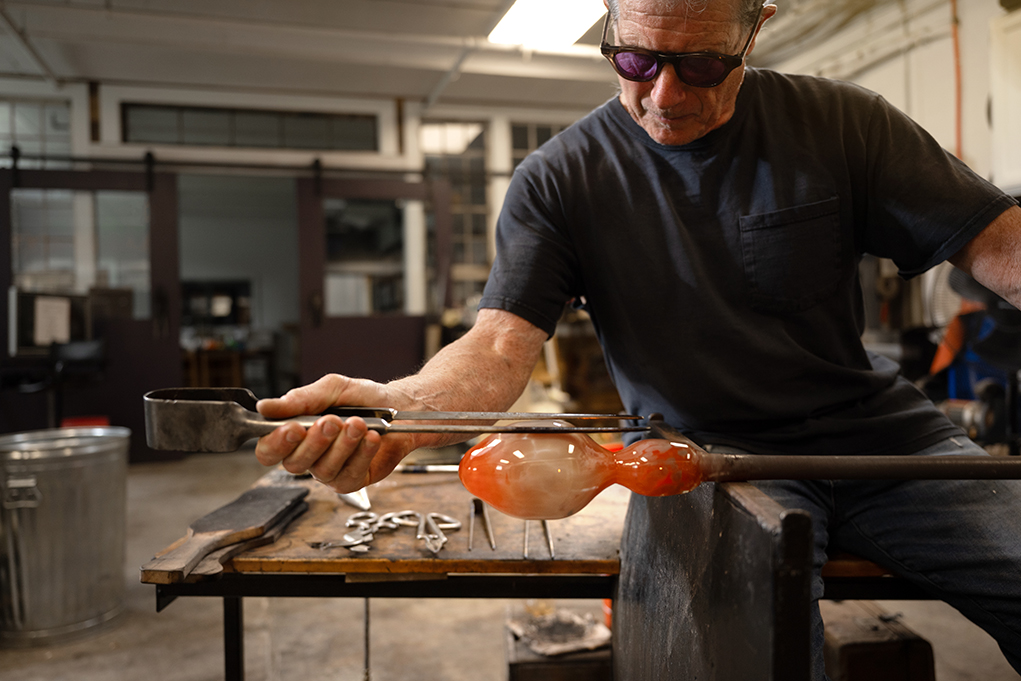
Of the studio, owned by Waterfall Arts, Jacobson says that he’s grateful. “It allows me to do work that makes me the happiest I’ve ever been.”
As a creative business owner, Jacobson was used to being a lone wolf but is excited by the community aspect of the Waterfall Arts Glassworks. “One of the greatest assets of glassblowing is that it is community-oriented. People are trained to work with someone. So to come into this community situation is thrilling. It’s affected my work in that it’s given me great enthusiasm to try new things,” Jacobson said.
“It’s beyond any kind of vision that I ever had.”
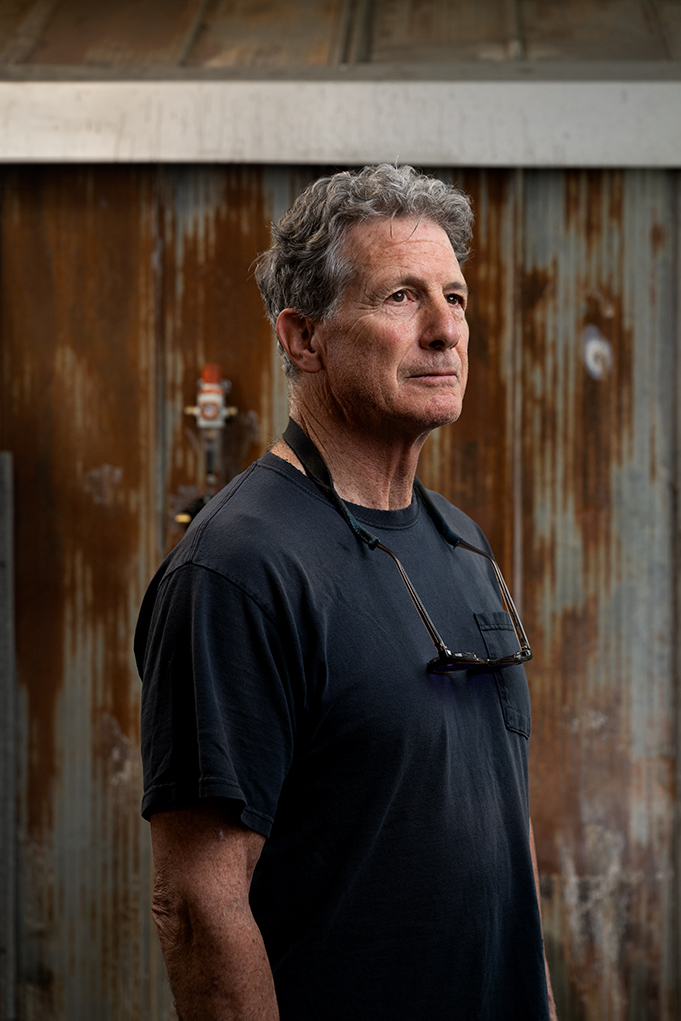
–30–
Find out more about the Waterfall Arts Glassworks or to sign up for a class at the only public-access glassblowing studio in Maine.
Creating Spaces is a project that explores the connection between Maine artists and craftsmen and their physical workspaces—places that are often hallowed grounds of creativity and solitude, far from the public eye or the gallery.

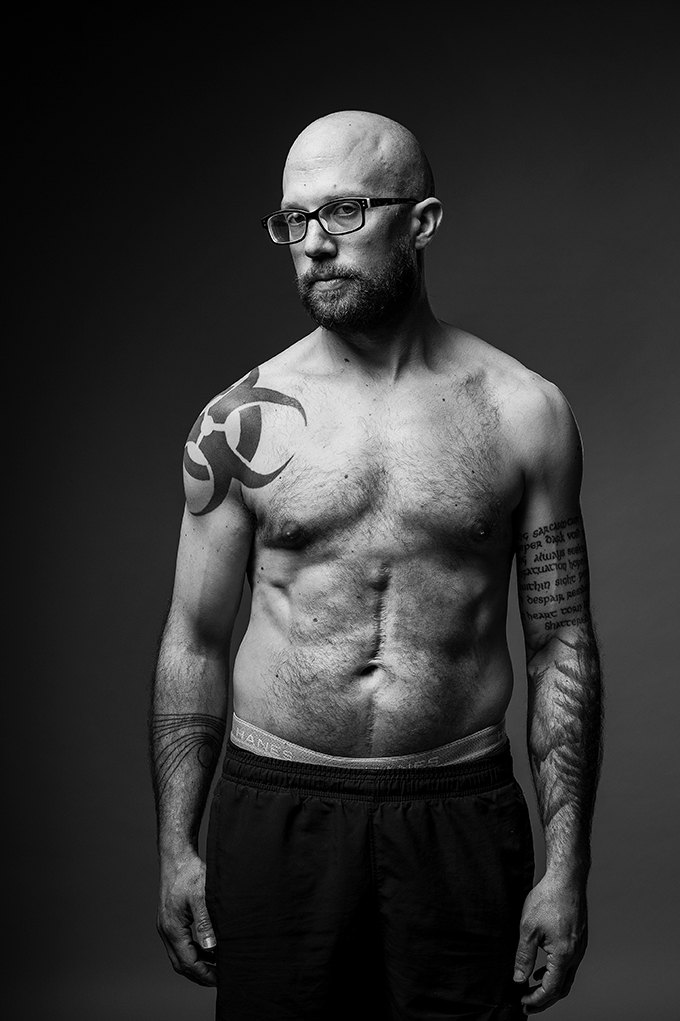
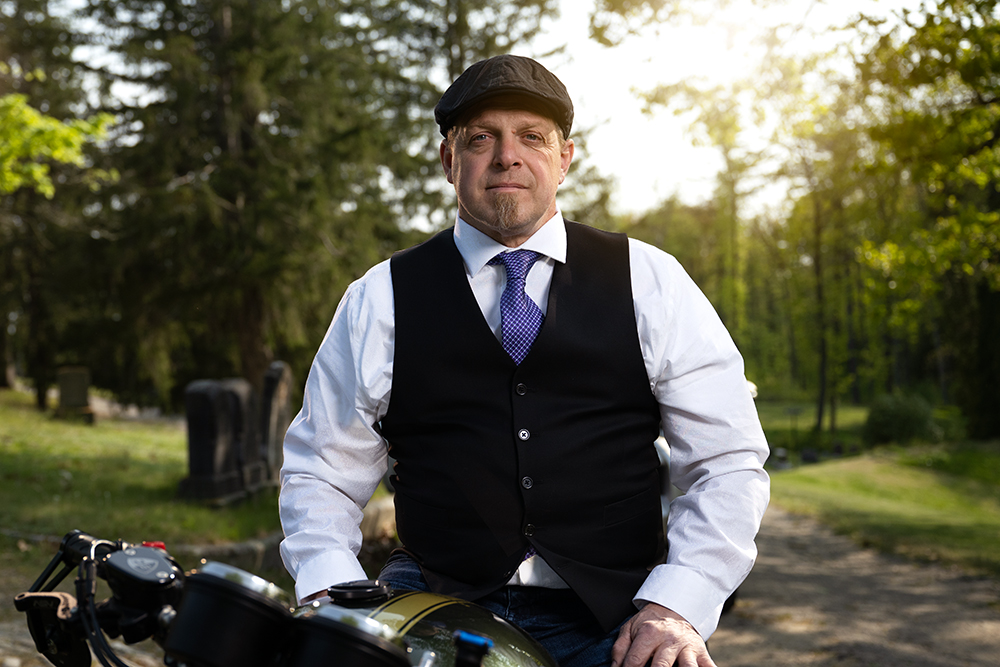 © Brian Fitzgerald
© Brian Fitzgerald
